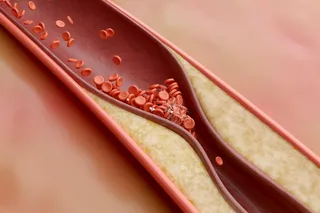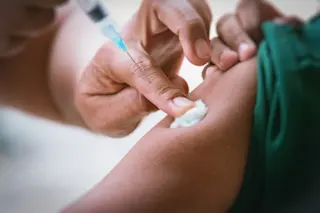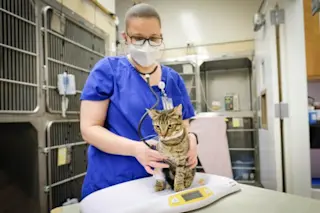My friend Bill Cook, a primary care physician, called me one morning. "I've admitted a patient, a 28-year-old woman," he said. "She's losing her skin. Can you come and take a look at her?" He explained that the patient, Mary Grove, had come to his office the day before, complaining that her skin had suddenly begun to peel. She felt strange--weak and tender--and her eyes and mouth felt irritated. I am a dermatologist, and from Bill's description I had a good idea of what was wrong with Mary.
Before going in to see her, I reviewed her chart. Mary worked as a receptionist and had a husband and two small children. She had felt fine until the day she was hospitalized. The hospital staff performed routine tests, including a chest X-ray and blood tests. They also put Mary on intravenous fluid replacement therapy and pain medications.
I found Mary in ...














